Photo gallery: Yokohama (July 2011)
Posted by Javi Lavandeira in Japan, Photo galleries, Photography | July 12, 2012Yokohama – Japan’s First Port City

In 1859, the Edo period came to a close and Japan opened itself up for foreign trade. It chose the tiny fishing village of Yokohama to be its main port city. Yokohama grew from a population of 600 to become what it is today – Japan’s second largest city. It’s a beautiful city with its mix of architectural styles, spacious feeling, and internationalism.
More after the break.
Minato Mirai 21

Minato Mirai means ‘port of the future.’ Built in 1983 on reclaimed land, Minato Mirai 21 was designed to be the new city center of Yokohama. It’s a thriving urban business district with lots of company headquarters and corporate offices.
The new city center has become a sort of symbol of Yokohama to the Japanese. It’s a major tourist destination with shopping, restaurants, amusement parks, entertainment centers, museums, cruises – you name it. People visit Minato Mirai from all over the country.
Probably its most popular attraction is the Yokohama Red Brick Warehouses. These are massive warehouses that are full of unique shops and restaurants. It’s interesting because you don’t see much brick architecture like this in Japan. This is a major entertainment spot where it’s easy to walk from one area to another.
The Landmark Tower is another one of Minato Mirai’s major attractions. This skyscraper is the Yokohama skyline’s most recognizable feature. You can take the elevator to the 69th floor for a stunning view of the city at night.
Chukagai – Yokohama’s Chinatown

Yokohama has one of the world’s biggest Chinatowns. When it became Japan’s port city, Chinese traders settled there in large numbers. Actually, the population has been declining in recent years, but Yokohama Chinatown is still quite a place to visit. It has over 500 Chinese restaurants, shops, and grocery stores.
There are four gates that lead into Chinatown, as well as five gates located inside. These gates are gaudy and colorful. In the center of Chinatown is a huge Chinese temple called Kanteibyo. It’s not only a tourist attraction, but also the spiritual heart of the local Chinese community.
The narrow streets, gates and temples are very interesting, but the real is the food. Ask any Japanese tourist what they did when they visited Chinatown, and they’ll probably tell you they had a big bowl of ramen.
The Hikawa Maru

The Hikawa Maru is an 11-ton ocean liner that’s moored in the bay right in front of Yamashita Park. It was completed in 1929 and aside from some necessary restoration work, it’s been preserved throughout the years. Nicknamed ‘Queen of the Pacific,’ you can now go into the Hikawa Maru and check out the interior. It has a museum, restaurants, a beer garden and banquet facilities.
The Hikawa Maru has an interesting history. It was an ocean liner in the 1930’s and was actually used to help Jewish refugees escape from Europe. In 1941 it became a hospital ship and served wounded soldiers. It was the only passenger liner that survived World War 2. In 1961, it became a youth hostel and maritime museum. It was declared a ‘cultural asset’ of Yokohama and underwent major restoration work in 2007.
Yokohama is a really unique place in Japan because of its cosmopolitan and international feel. It has a rich history and there is a lot to do. It’s also a favorite city for ex-pats to live in with its Western style buildings, Chinese temples, and international shops. People who live in Yokohama take great pride in their city.
Photo gallery
You’re welcome to use any of these photos for any purpose (even for commercial purposes). Just be nice and mention where you got them from.
All the photos taken with a Nikon D7000 camera. High-resolution originals and RAW files available under request (just send me an email if you’re interested).
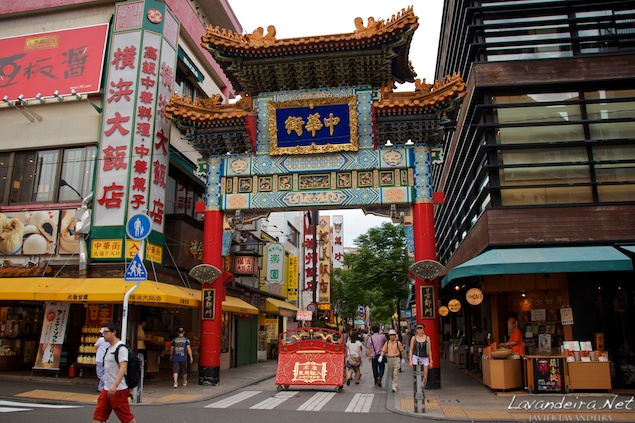
Chinese-style gate leading to the Yokohama Chinatown
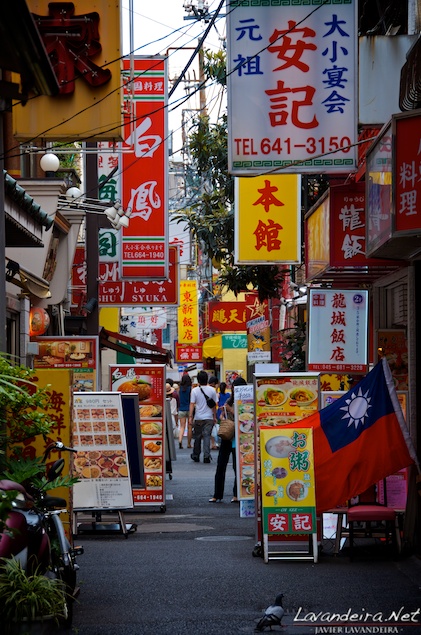
Yokohama Chinatown
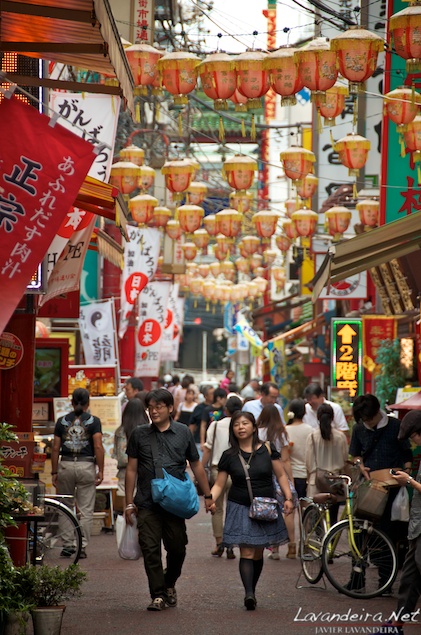
Yokohama Chinatown
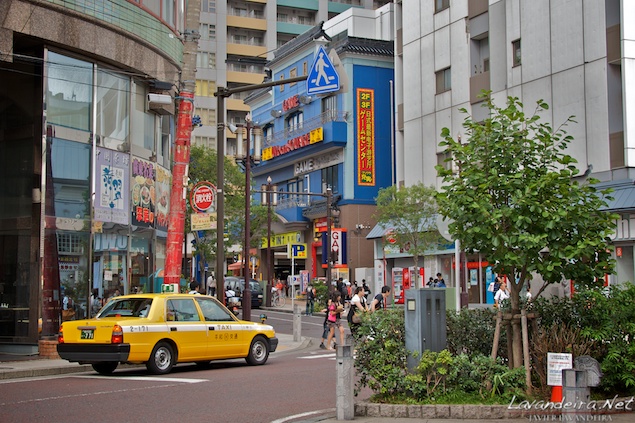
Yokohama Chinatown
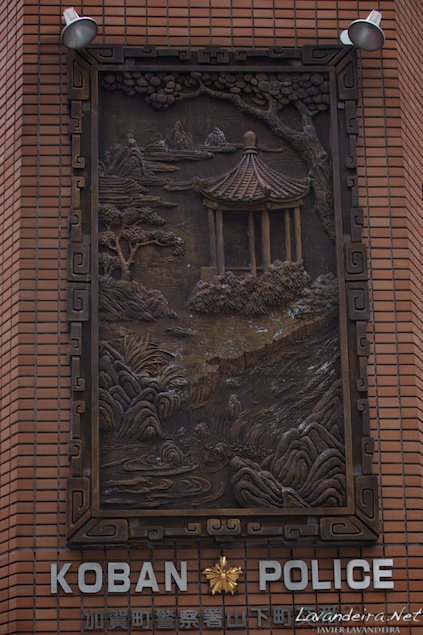
Police station in Yokohama Chinatown
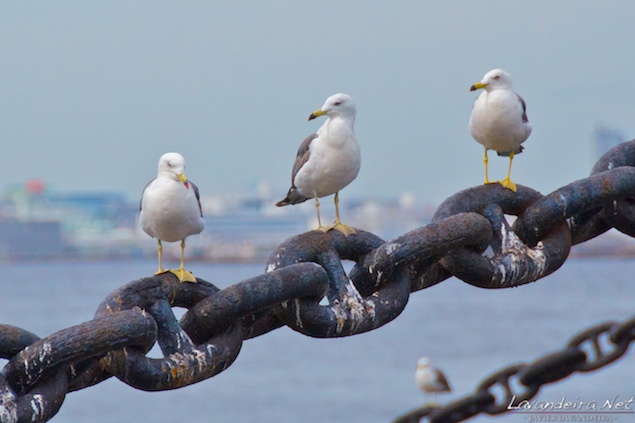
Seagulls resting in the anchor chains of Hikawa Maru
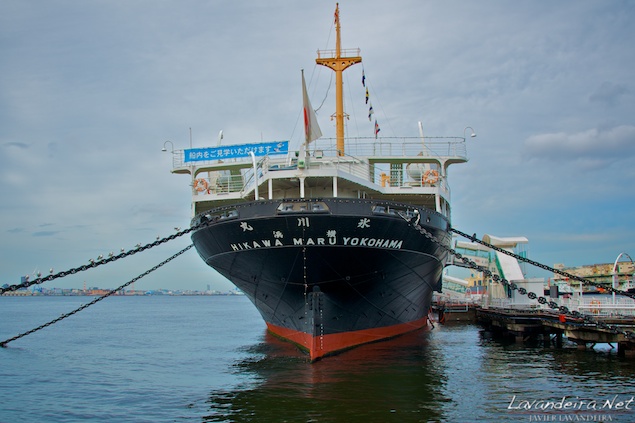
Hikawa Maru
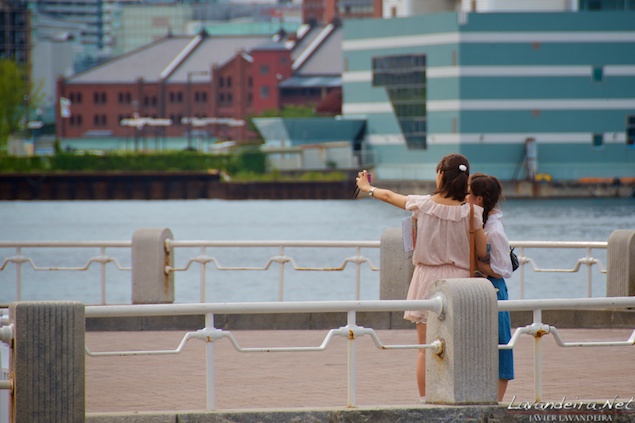
Yamashita Park. Akarenga buildings in the background.
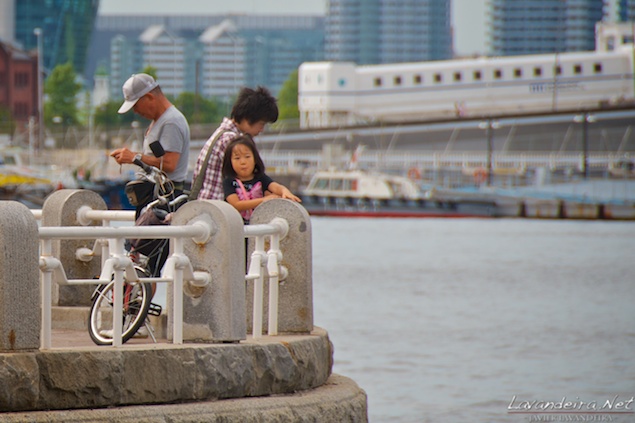
Yamashita Park
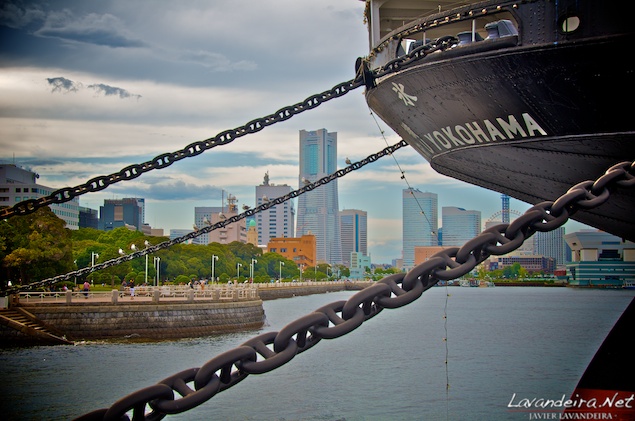
Hikawa Maru. Landmark Tower and Yokohama Minato Mirai in the background
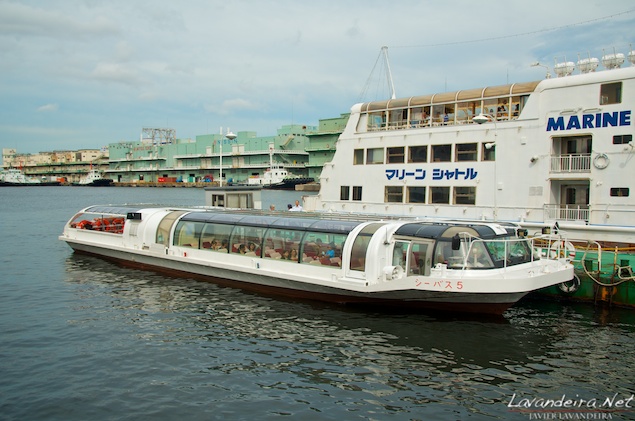
Sea bus
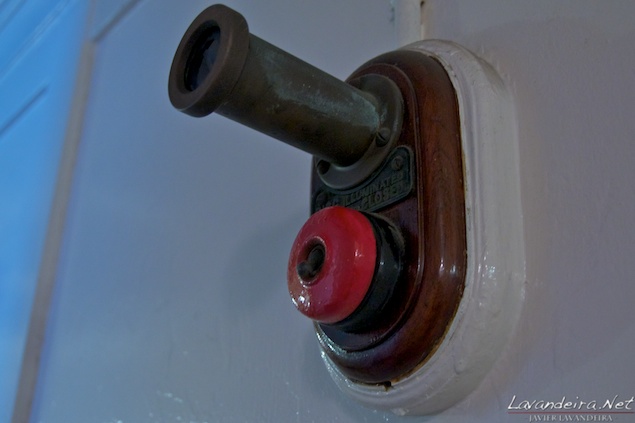
Inside Hikawa Maru
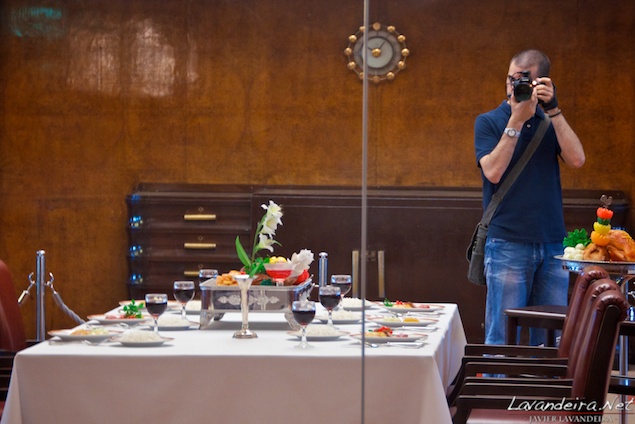
Inside Hikawa Maru. There was this weirdo taking photos
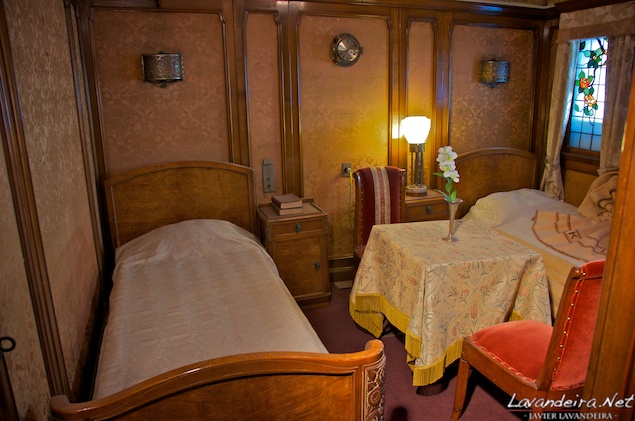
Inside Hikawa Maru. Cabins remain as they were in the 1920s
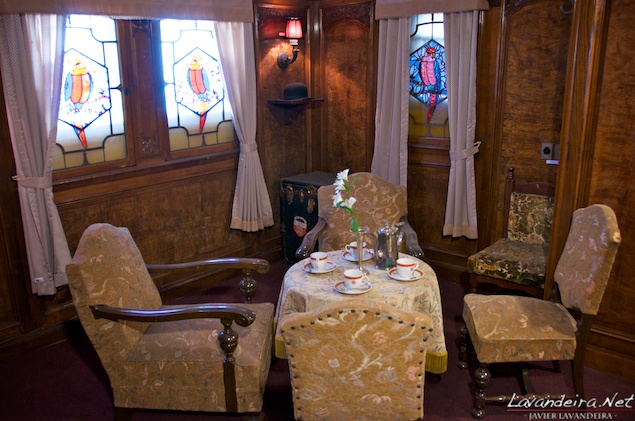
Inside Hikawa Maru. Cabins remain as they were in the 1920s
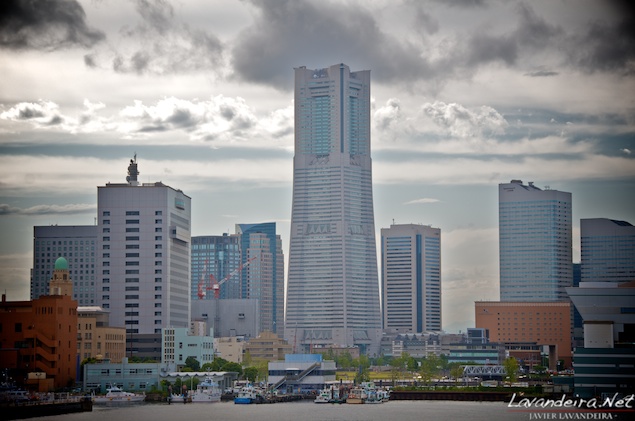
Yokohama Landmark Tower and Minato Mirai area
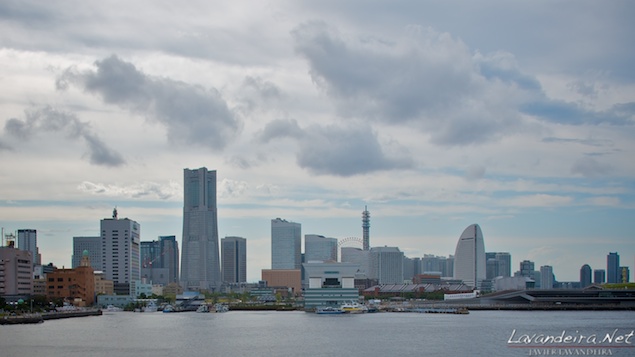
Yokohama Landmark Tower and Minato Mirai area
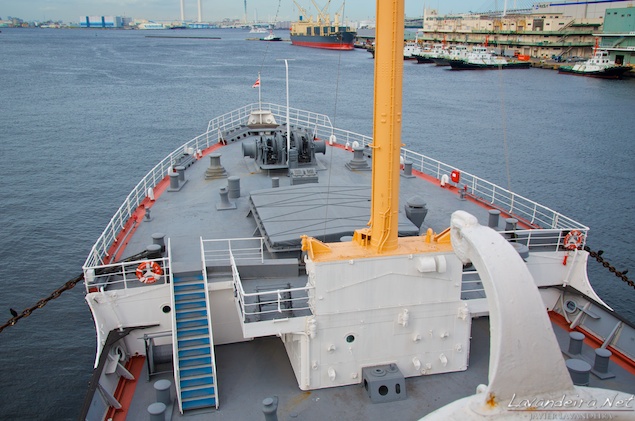
Onboard Hikawa Maru
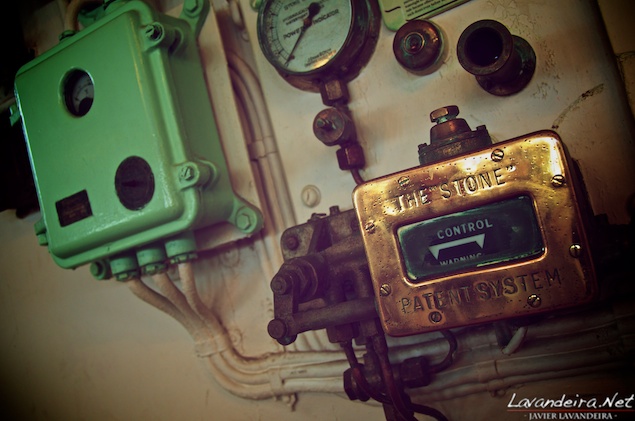
Onboard Hikawa Maru. Instruments in the control room
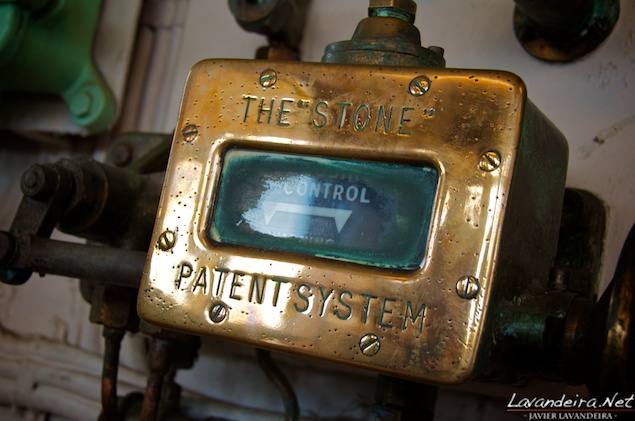
Onboard Hikawa Maru. Instruments in the control room
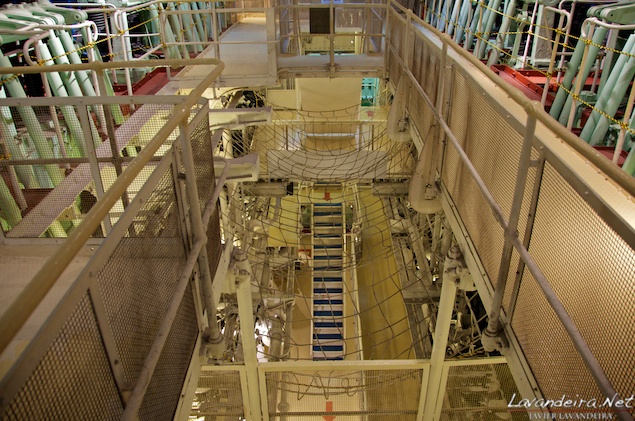
Onboard Hikawa Maru. Engine room.
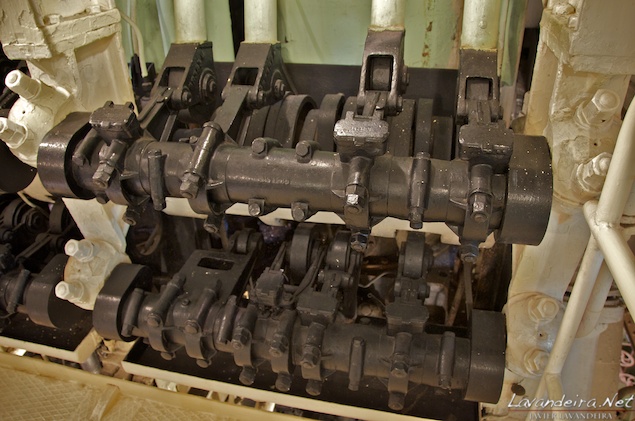
Onboard Hikawa Maru. Engine room.
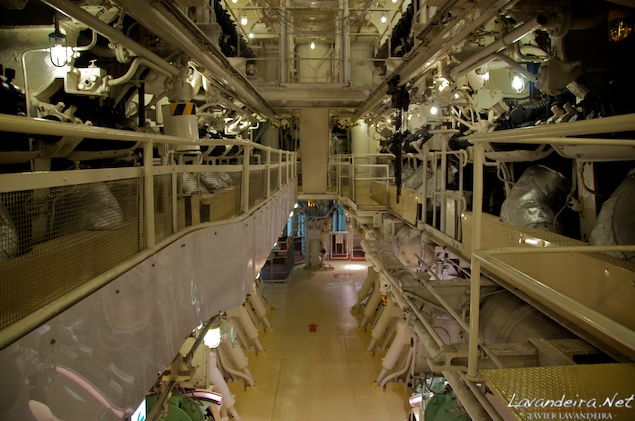
Onboard Hikawa Maru. Engine room.
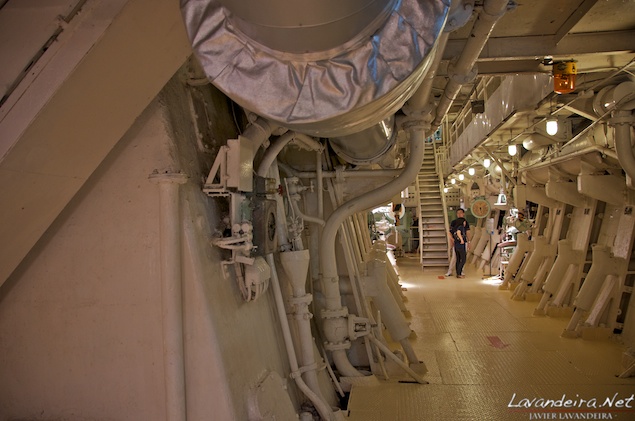
Onboard Hikawa Maru. Engine room.
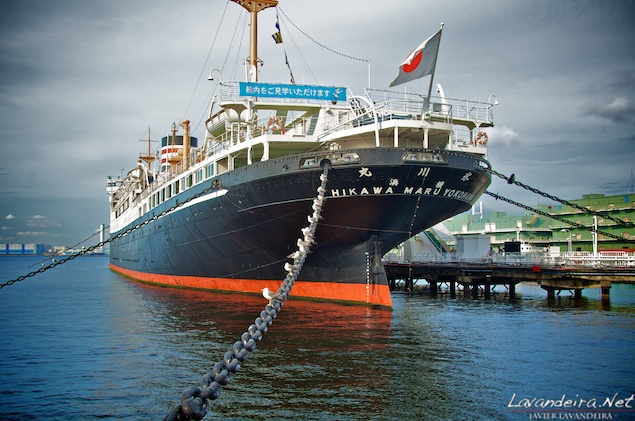
Hikawa Maru
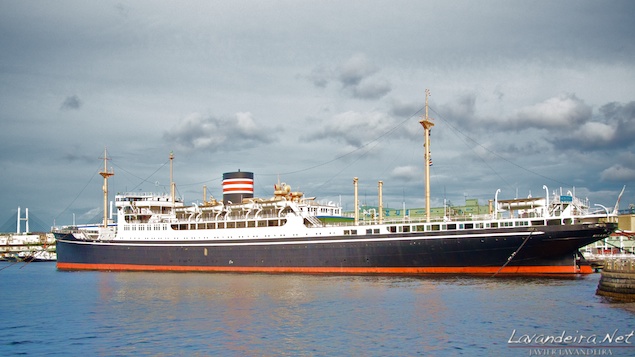
Hikawa Maru
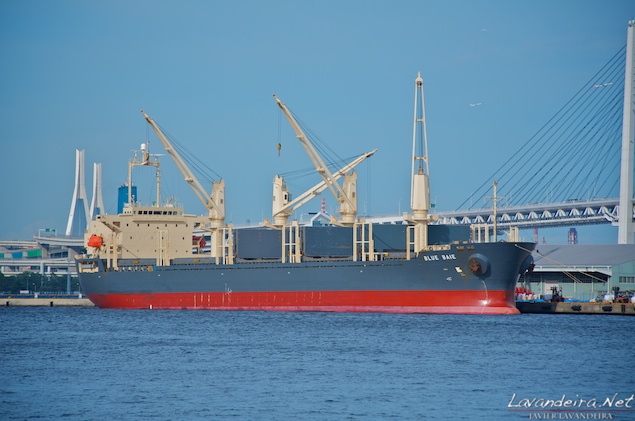
Cargo ships in the Yokohama port
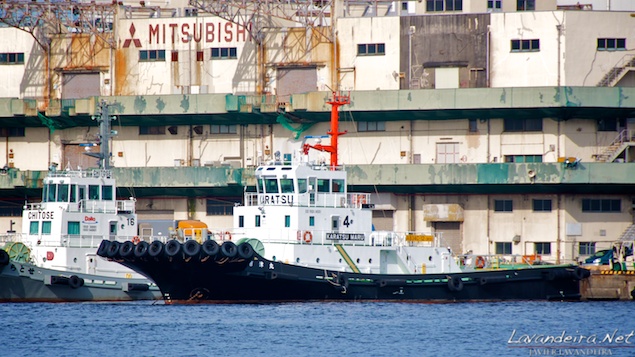
Ships in the Yokohama port
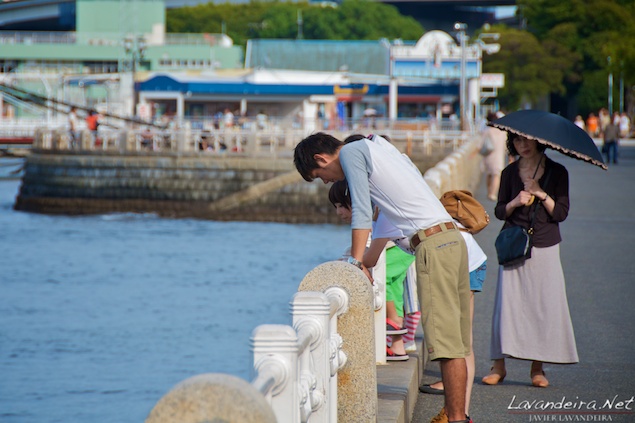
Yamashita Park
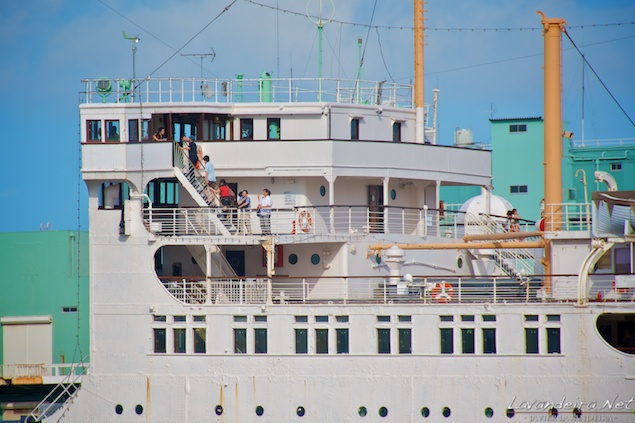
People visiting the Hikawa Maru
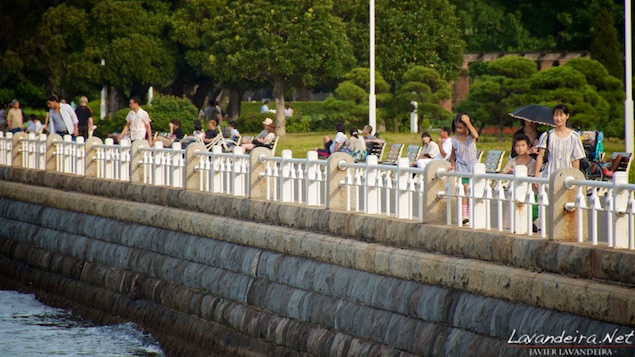
Yamashita Park
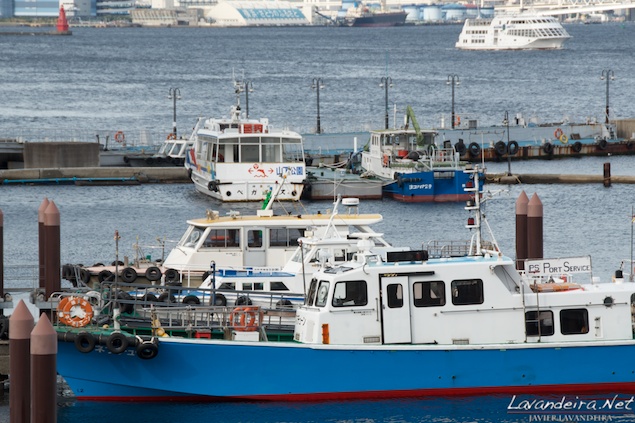
Ships in the Yokohama port
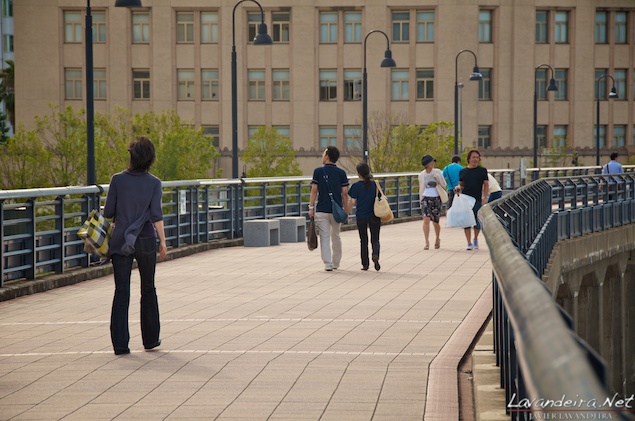
Bridge connecting the Yamashita Park with the Minato Mirai area
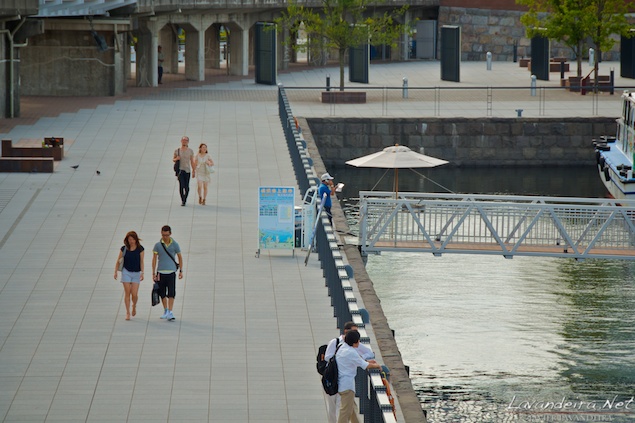
Bridge connecting the Yamashita Park with the Minato Mirai area
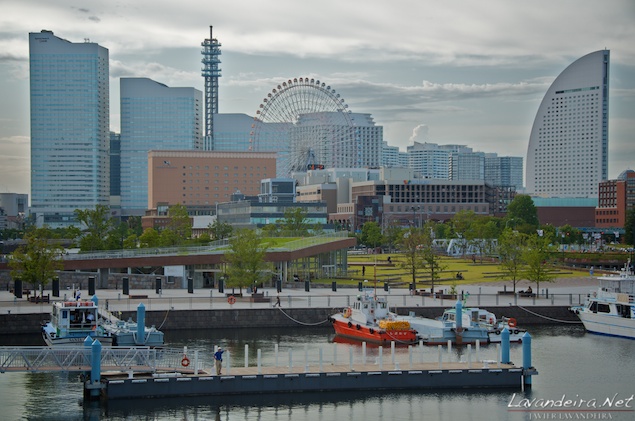
Minato Mirai area
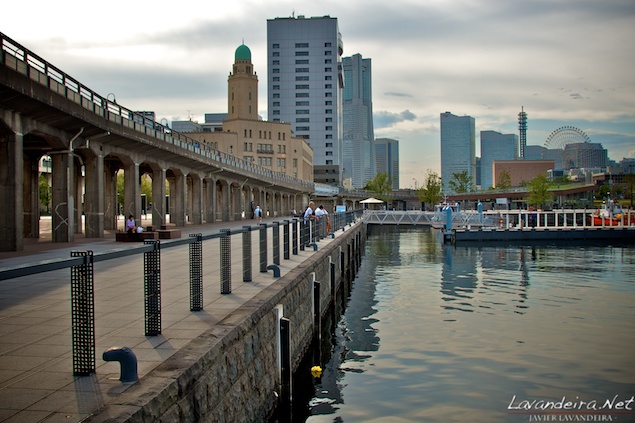
Minato Mirai area
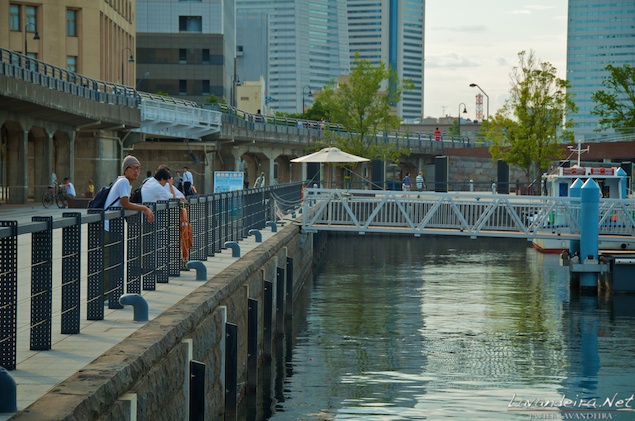
Minato Mirai area
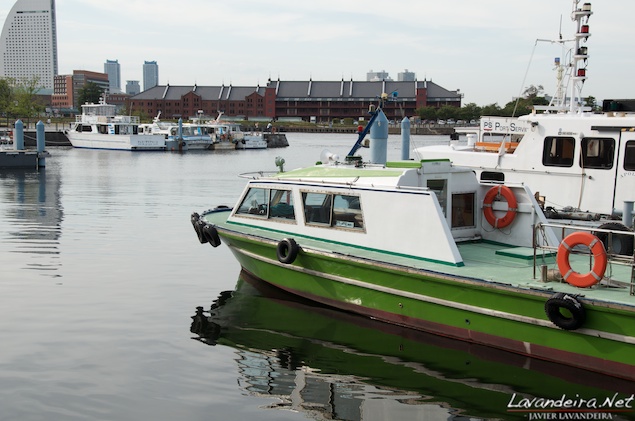
Minato Mirai area
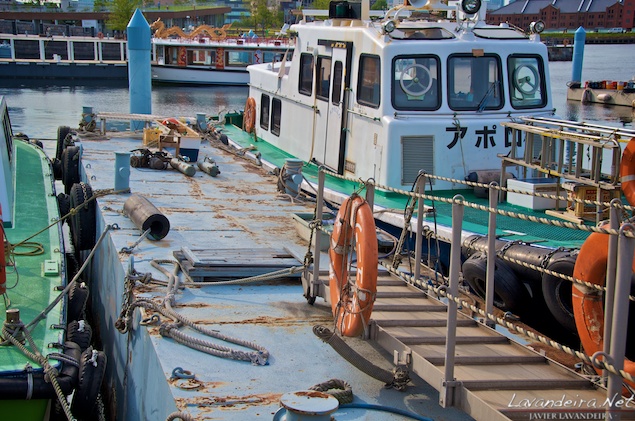
Ships moored in the port in Minato Mirai
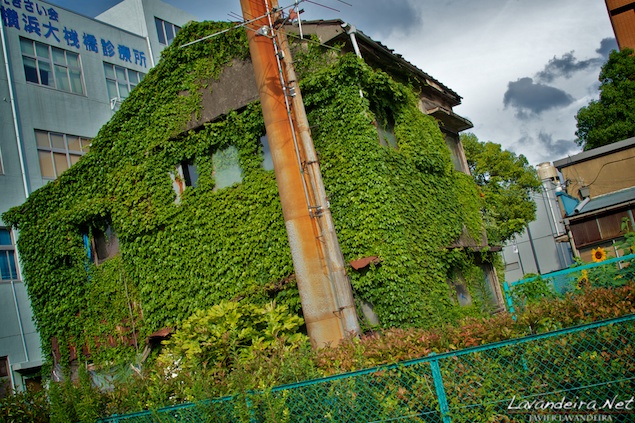
Creeper-covered house near the Osanbashi Pier
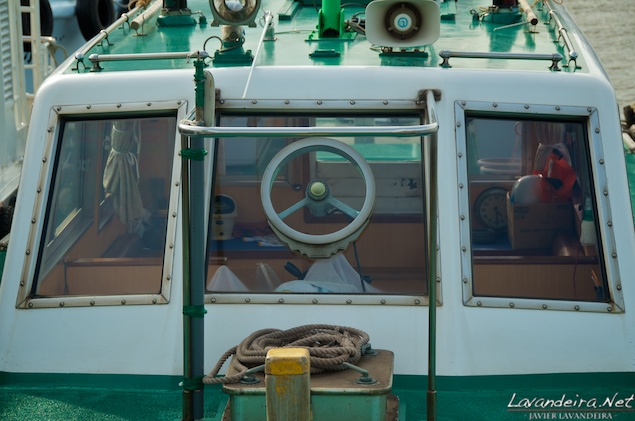
Ships moored near the Osanbashi Pier
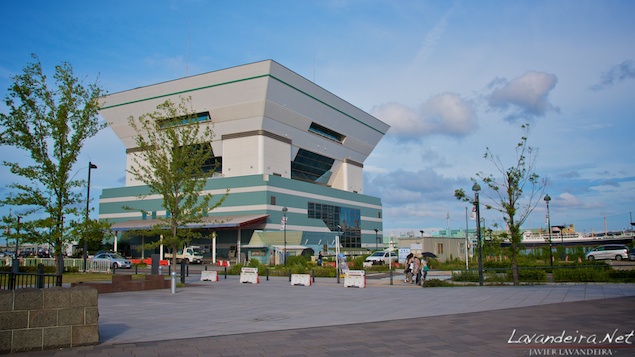
Osanbashi Pier
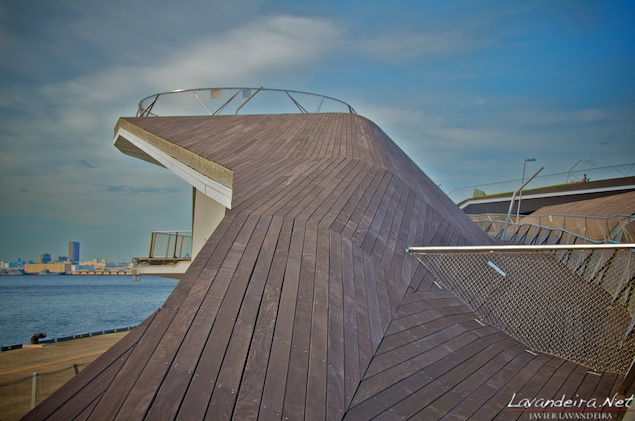
Osanbashi Pier
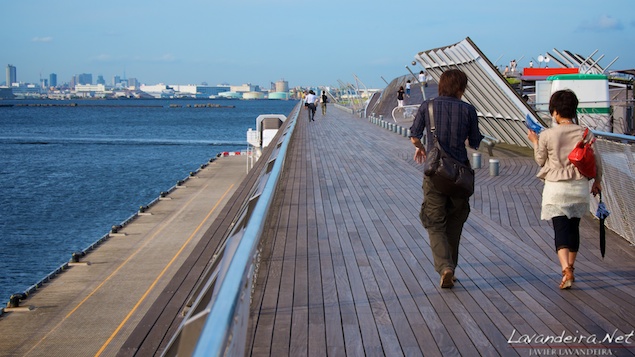
Osanbashi Pier
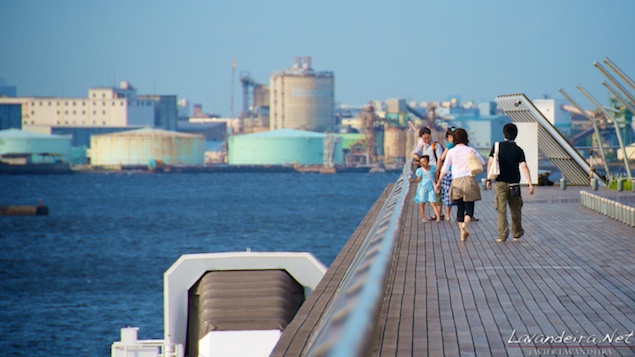
Osanbashi Pier
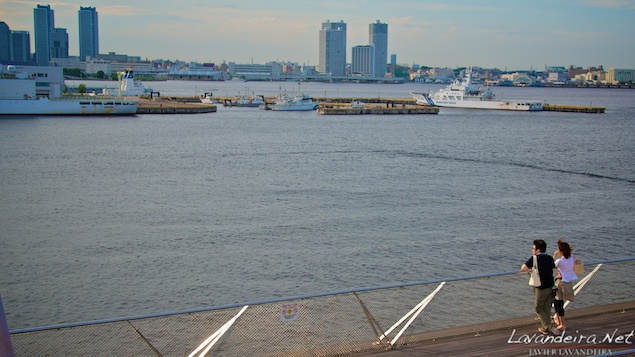
Osanbashi Pier
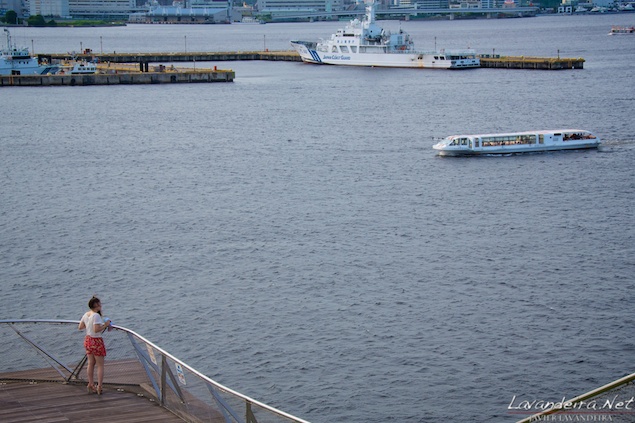
Osanbashi Pier
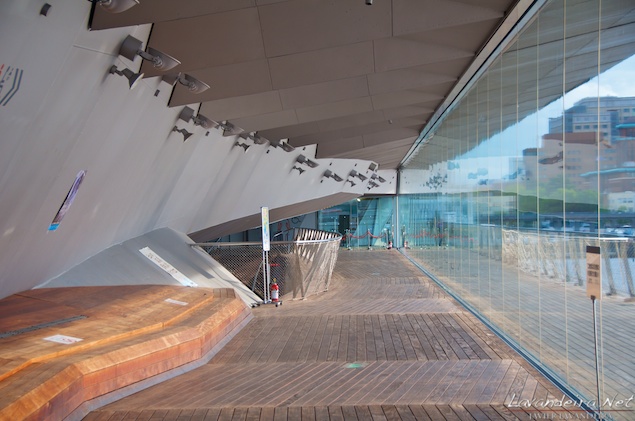
Osanbashi Pier
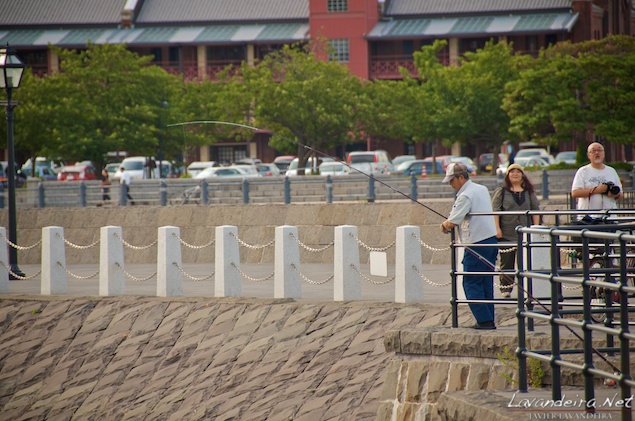
A guy fishing near the Osanbashi Pier!
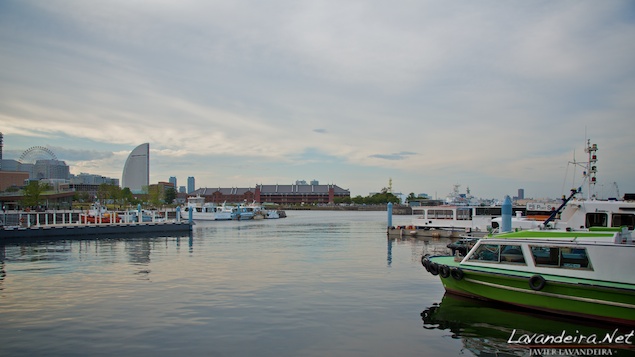
Osanbashi Pier
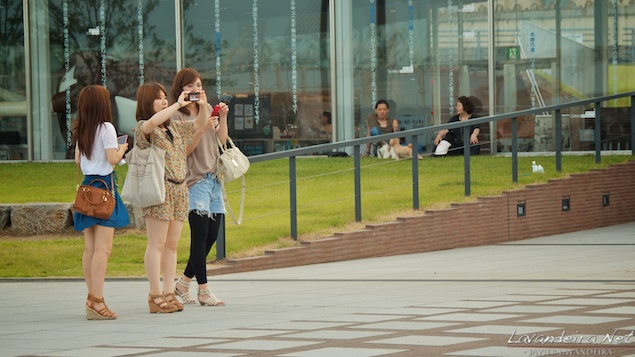
Girls near Osanbashi Pier
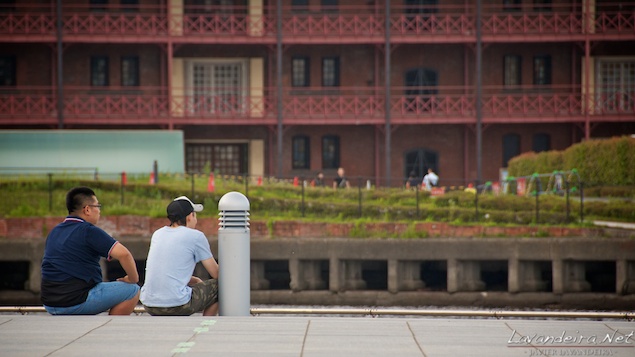
Men chilling with the Akarenga buildings in the background
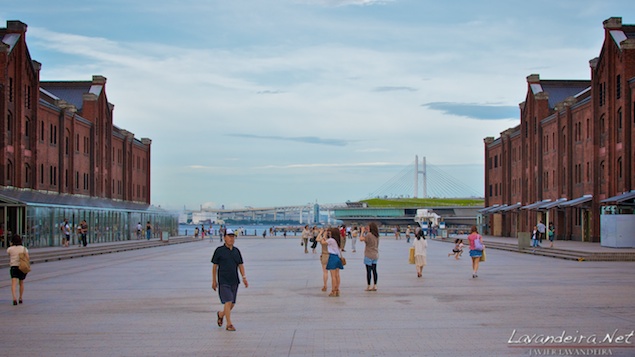
Akarenga buildings
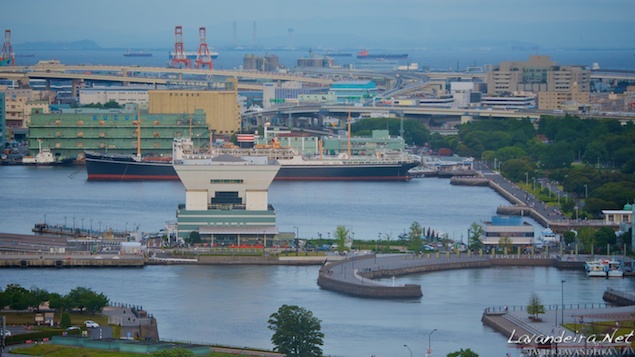
Yamashita Park, viewed from the top of the Yokohama Landmark Tower
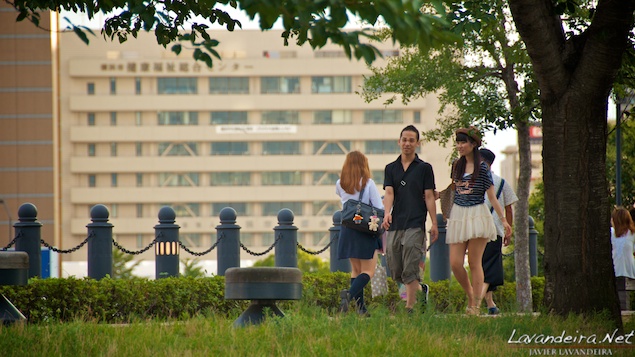
Minato Mirai area
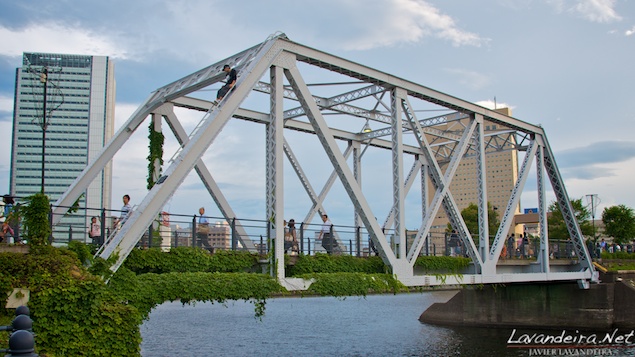
Minato Mirai area
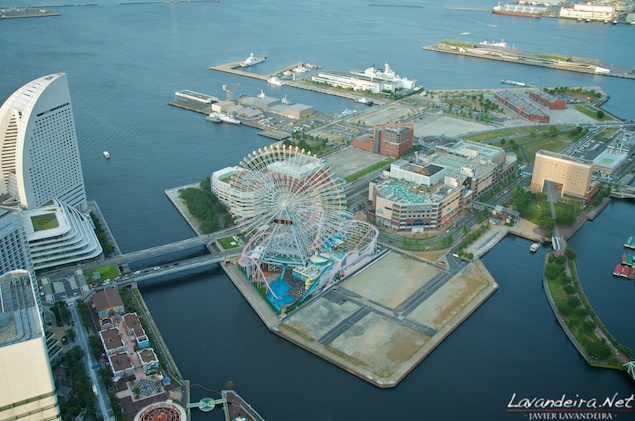
Minato Mirai area, viewed from the top of the Yokohama Landmark Tower
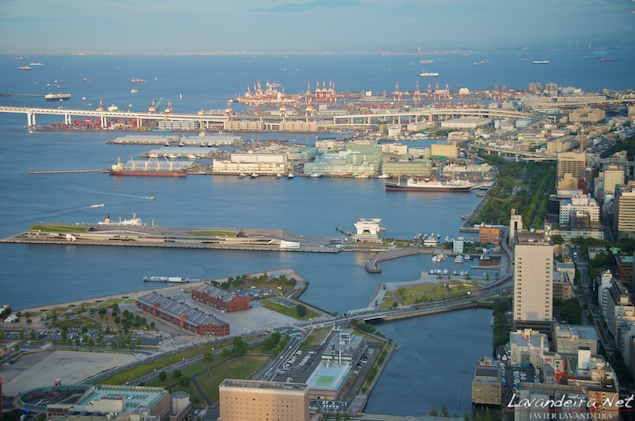
Akarenga buildings, Hikawa Maru and Yamashita Park, viewed from the top of the Yokohama Landmark Tower
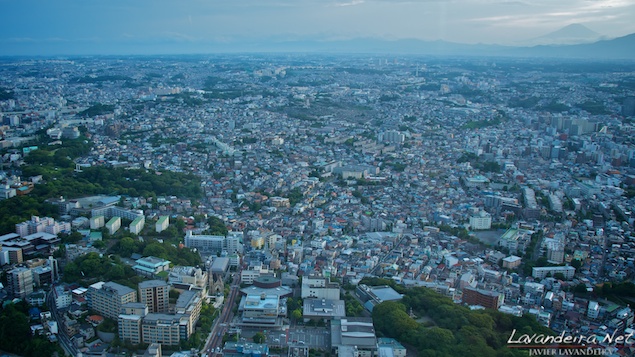
Yokohama citi, viewed from the top of the Yokohama Landmark Tower
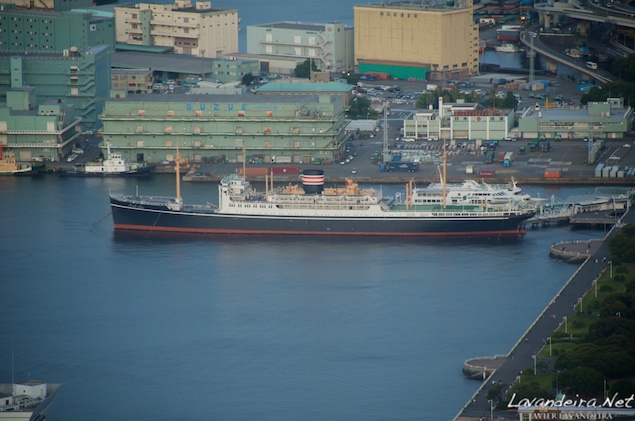
HIkawa Maru, viewed from the top of the Yokohama Landmark Tower
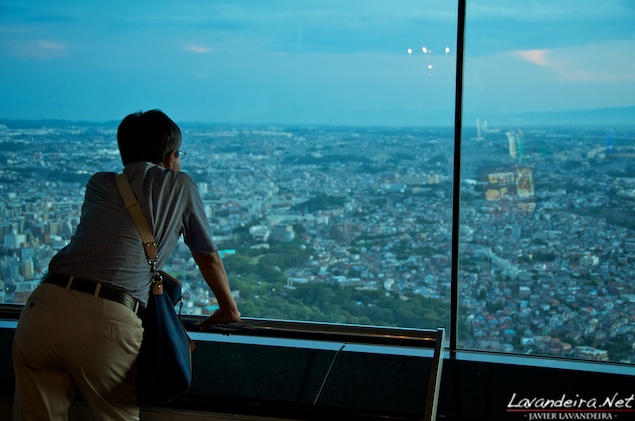
Looking out from the top of the Yokohama Landmark Tower
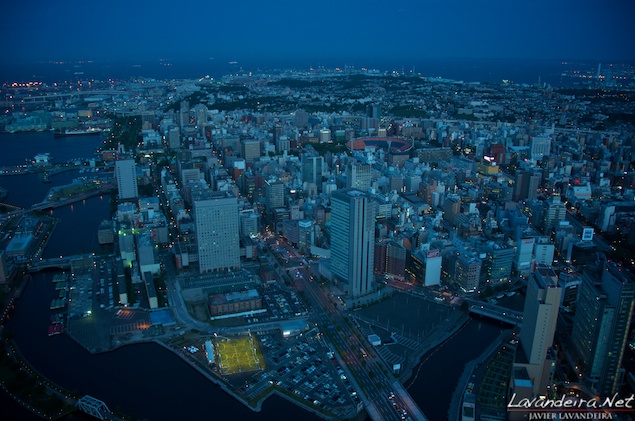
Yokohama city at dusk, viewed from the top of the Yokohama Landmark Tower
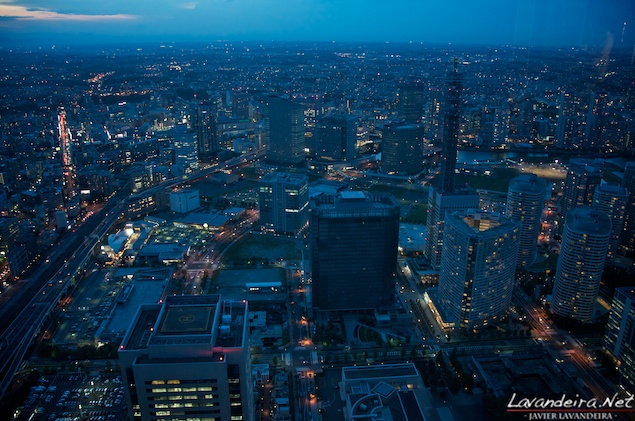
Yokohama city at dusk, viewed from the top of the Yokohama Landmark Tower
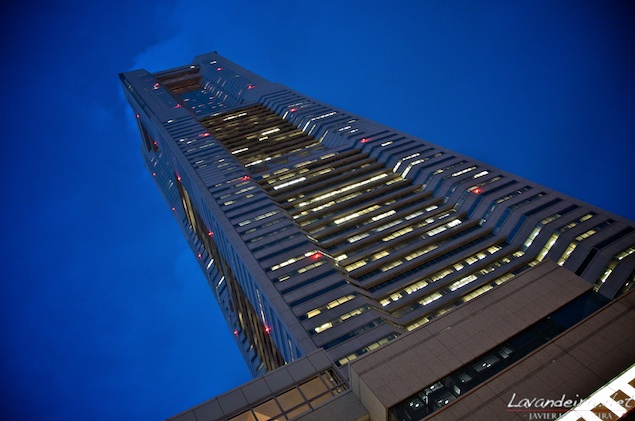
Yokohama Landmark Tower

Nice, you missed the 4 hours non-stop lunch at chinatown :D
Well, this was July last year, looong before the all-you-can eat lunch. But don’t worry, we’ll go there again.